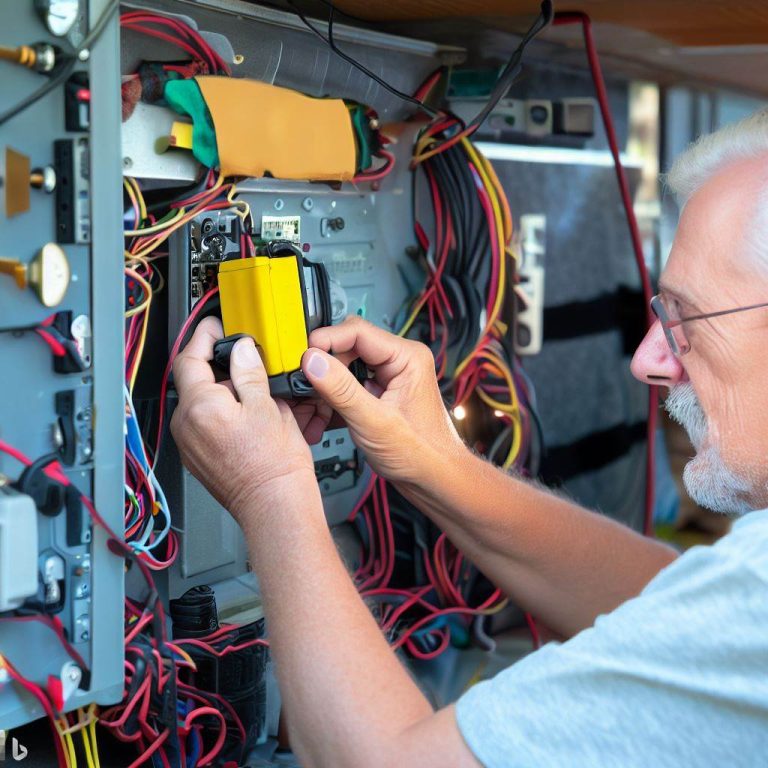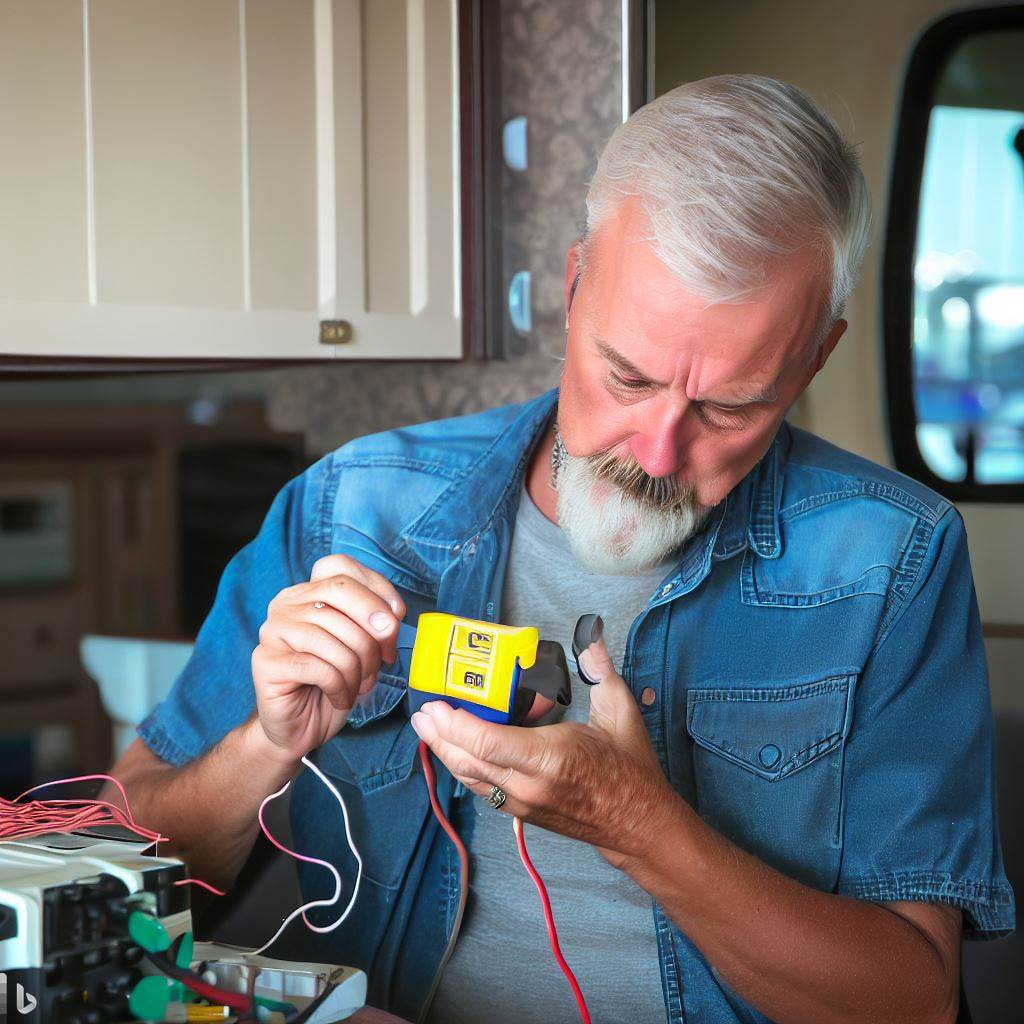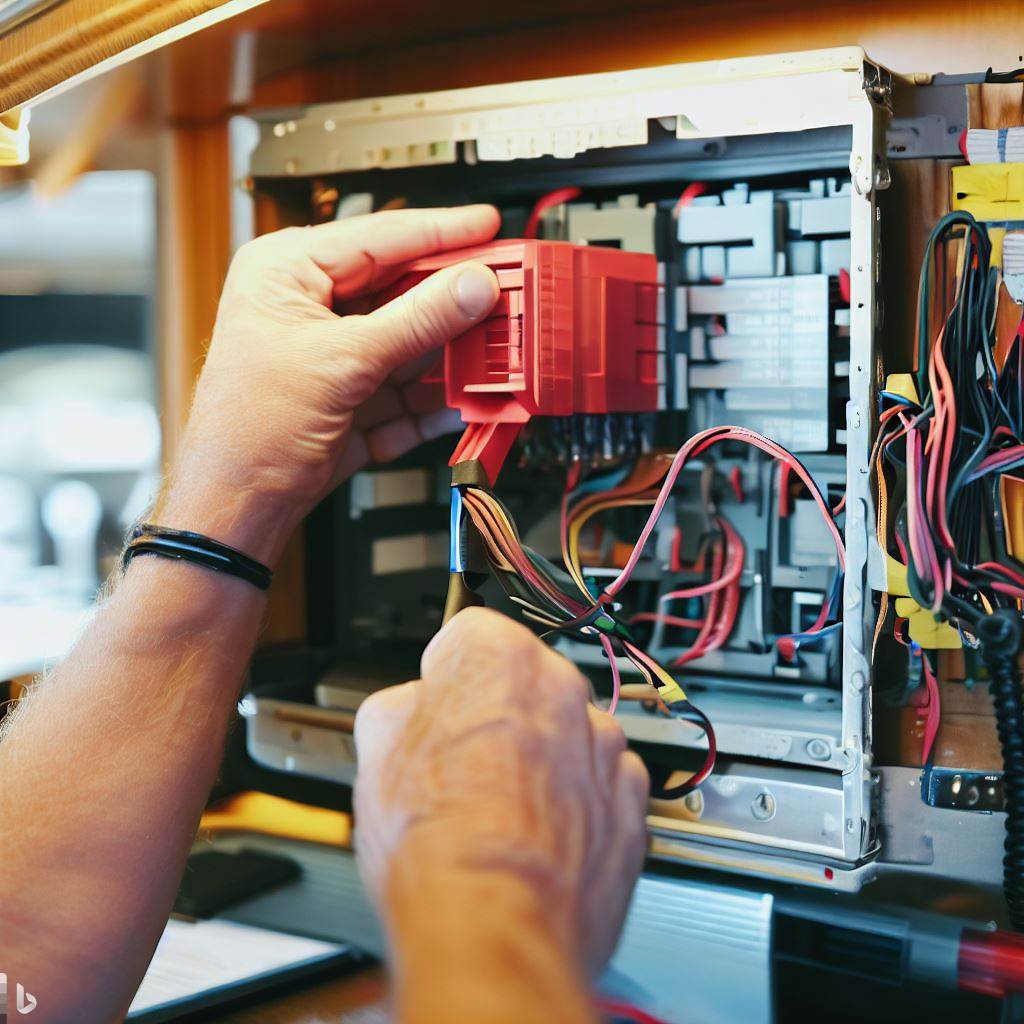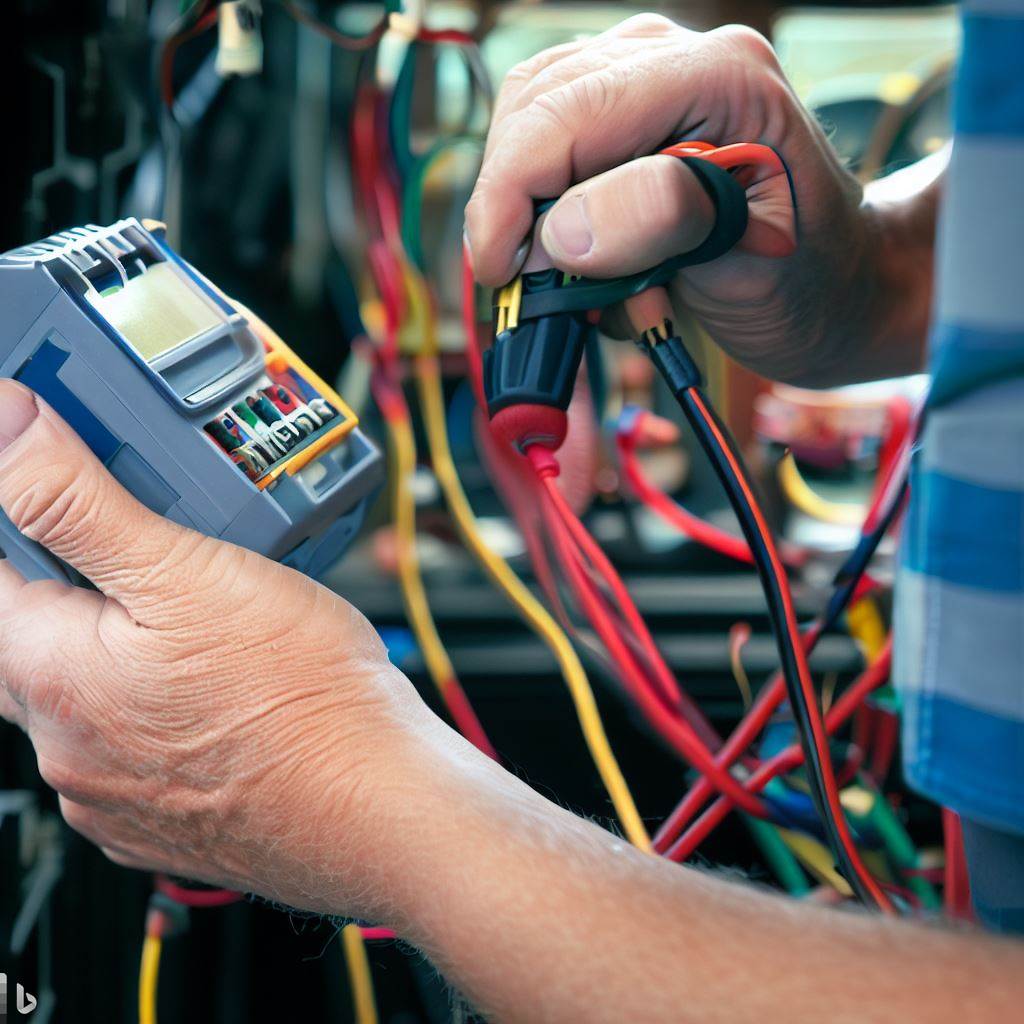
How to Test Your RV Converter for Optimal Performance and Electrical Safety
Introduction:
Ensuring the functionality and safety of your RV’s electrical system is crucial for an enjoyable and worry-free journey. One essential component of the electrical system is the RV converter. The converter converts AC power from an external source, such as shore power or a generator, into DC power to supply your RV’s appliances and charge the onboard batteries. Regularly testing your RV converter is necessary to identify any issues and maintain optimal performance. In this comprehensive guide, we will walk you through the process of testing your RV converter step by step, providing valuable insights and precautions to ensure accurate results and electrical safety.

Understanding the RV Converter:
- Explain the purpose and function of an RV converter.
- Discuss the importance of maintaining a properly functioning converter for powering appliances and charging batteries.
- Highlight the potential risks and electrical issues that can arise from a faulty converter.
- Emphasize the significance of regular testing and maintenance for a safe and efficient electrical system.
Preparing for Testing:
- Outline the necessary tools and equipment for testing the RV converter.
- Provide safety guidelines, such as wearing protective gear and disconnecting the RV from external power sources.
- Explain the importance of turning off all electrical appliances before testing.
- Mention the significance of following manufacturer’s instructions and specifications specific to your RV model.

Testing the RV Converter:
- Step-by-step instructions on how to test the output voltage of the converter using a multimeter.
- Emphasize the need to set the multimeter to measure AC voltage and carefully touch the probes to the converter’s output terminals.
- Guide readers on interpreting the measured voltage and comparing it to the manufacturer’s specified range.
- Explain what to do if the measured voltage falls outside the specified range, including potential causes and solutions.
- Provide additional tips for troubleshooting common converter issues, such as loose connections or damaged wiring.
- Discuss the significance of checking the input voltage and verifying its compatibility with the RV’s electrical system.
- Highlight the importance of seeking professional assistance if uncertain or uncomfortable with the testing process.
Maintenance and Precautions:
- Provide recommendations for regular converter maintenance, such as cleaning and inspecting for damage.
- Discuss the importance of addressing any visible signs of damage promptly and consulting a professional for repairs.
- Mention safety precautions, such as turning off the power and wearing protective gear during maintenance tasks.
- Highlight the significance of periodically reviewing the converter’s performance and seeking professional inspection if necessary.

Conclusion:
Maintaining a properly functioning RV converter is vital for a reliable and safe electrical system in your RV. By following the step-by-step guide provided in this article, you can confidently test your RV converter and identify any potential issues. Regular testing and maintenance will help ensure optimal performance, prolong the lifespan of your converter, and prevent electrical mishaps during your RV adventures. Remember to prioritize safety by adhering to the recommended precautions and seeking professional assistance when needed. With a well-maintained and tested RV converter, you can enjoy a worry-free and comfortable RV experience.